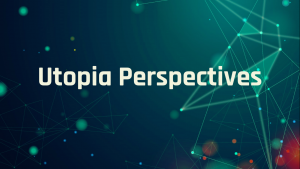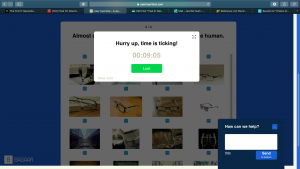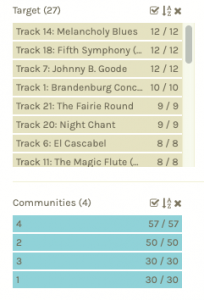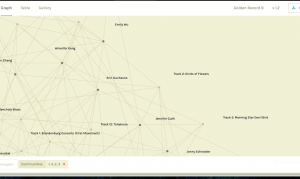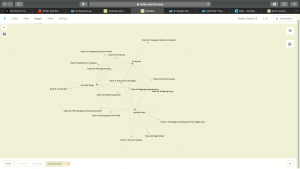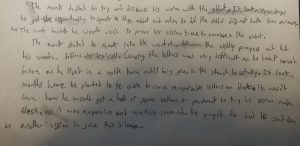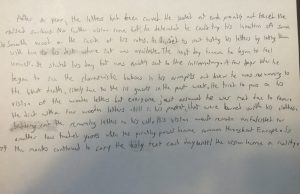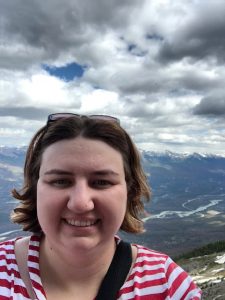
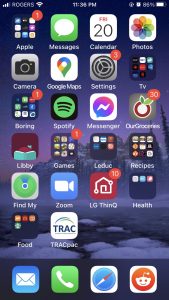
Hello, my name is Jennifer and I am completing this exercise from Leduc, Alberta.
I am not a purse person so I chose my digital bag and took a screening shot of my phone. Some interesting things in my digital bag include:
Libby is an app I use to listen to audiobooks and is hooked to an Edmonton library card. TRAC is for the Leduc and regional library that I use to get physical books through interlibrary loan. I have been going through the Outlander series on audiobook for the last six months and now reading in paper the Lord John associated novels (as I can’t get them on audiobook). My audiobook listening has switched to the Irish Country series and A Song of Fire and Ice series. Audiobooks force me to slow down and helps me consider the text as it follows the slower pace of the narrator. The narrator can also help to add to the text through character voices and helps the listener to immerse in the story. However a poor narrator can make a great text unbearable to consume. The class module indicates that a looser definition of text may also include oral forms (Pena, 2022). Thus audiobooks could be seen as a text created through technology (recording software). Libraries are traditionally full of texts but modern libraries have also become a place where individuals with no other means of access can access technology like computers, internet, and 3D printers.
Spotify is a music app where I like to make my own playlists, some based on genres but others on broad themes like drudgery (a mix of songs about work and/or otherwise has the steady beat of a working song). The app also uses AI technologies in its recommendation algorithms. Recently the app has added real time lyrics to the songs which adds more text and helps to reflect on the message of the song.
Reddit is the app I spend the most time on. I love the variety of information and exposure to different things it provides. I also use it to keep abreast of things happening in my province, the world or just in my favourite shows. Reddit comments can be considered an interactive or collaborative part of the post (text) built by users around the world joined by common interest using technology.
Our Groceries like reddit creates a collaborative text possible through internet technologies however in Our Groceries it is between known users and used for a particular purpose (grocery shopping). I use this app often with my husband as it is easy to maintain and easily brought to the store.
Find my Friends is used regularly in my family and is used to start oral or text conversations as we snoop on each other or to help plan the day. For example my grandma might text me and ask how my day was at the zoo or I might check if my husband has left work. In this case the app is a technology that encourages text creation at times.
My screen background is typically a darker mountain scenery as I am sensitive to the amount of light on screens due to frequent headaches/migraines (always have my phone on dark mode for example).
What does my bag say about me? The text on the various apps and folders shows I am an English speaker, the LG app says that I have at least 1 LG appliance (a washer and dryer that notify me when they are done), the library apps indicate I like to engage with texts, and the screenshot being from the 20th (calendar app) and me finishing this assignment on the 28th indicates I am a procrastinator who struggles to motivate herself to stay ahead in class. The prominence of certain apps (not within a folder) indicate they are more commonly used or important to me.
Literacies evident in the bag include:
- Health literacy (health folder, health records app)
- Digital literacy (digital bag indicates use of phone, diverse apps installed, use of technology for everyday tasks evident)
- Reading and Writing literacy (variety of text based apps that require writing, library apps)
Bag Narratives. This digital bag represents me relatively holistically compared to other bags I could use (my swim bag, my inspection bag, or my work laptop bag). When I normally introduce myself I typically talk about my career as well but that does not come into play in my digital bag as I have a separate work phone. I also typically over emphasize non digital activities like baking, board games or aqua-fit, when the reality is my screen time (or actually just my reddit time) is much higher than those activities.
Looking backwards and forwards. Back 20 years ago this bag would have needed to be much larger and included a computer, a watch, a recipe book, radio, bookshelf, notepad, filing cabinet, and camera. The ease of use and transport would be much more difficult as well. In the future, they may be surprised at having to access a device outside of the body for these functionalities as we become cyborg like or may be unable to open an ancient technology given mass destruction of technology and texts through world disasters (depends on how your glass is filled).
References
Pena, E. (2022). Thinking about Text and Technology [Lecture Notes]. https://canvas.ubc.ca/courses/96890/pages/1-dot-5-thinking-about-text-and-technology?module_item_id=4377770
